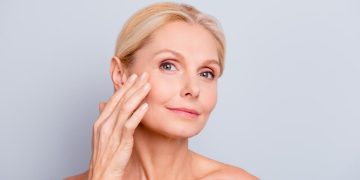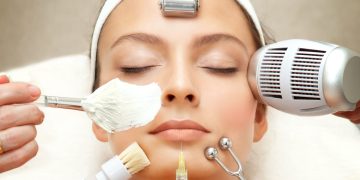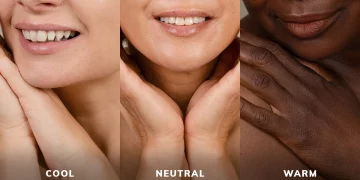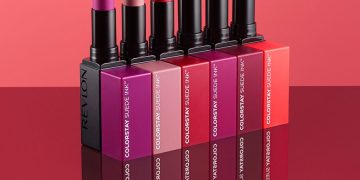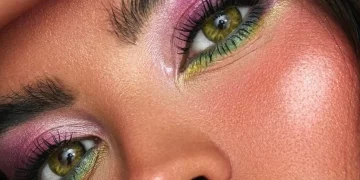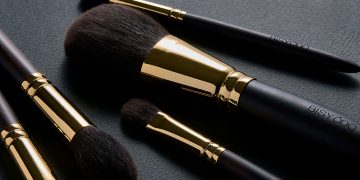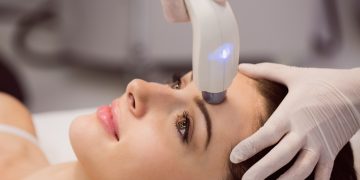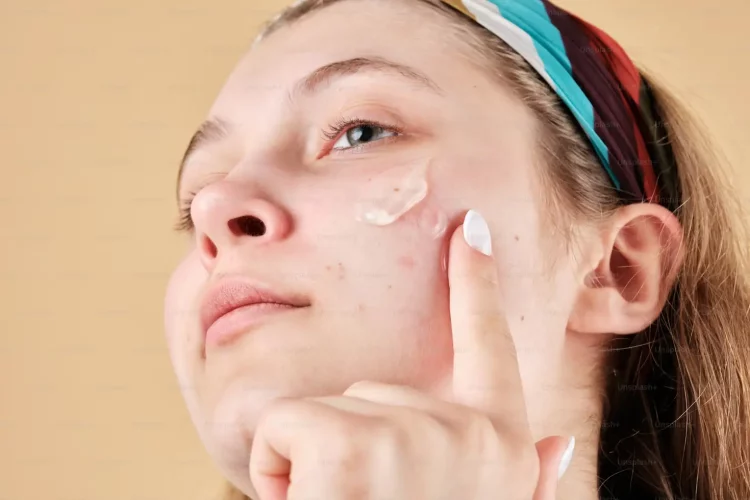In the ever-evolving world of beauty and skincare, it’s easy to get lost in the endless sea of products, ingredients, and tips. We’ve all been there — scrolling through Instagram for the latest beauty hack, purchasing the hottest new product, and convincing ourselves that this is the “one” that will finally give us flawless, radiant skin. But the real question is: Is your skincare routine actually working?
In this article, we’ll dive into how to assess your skincare routine, uncover the signs of effectiveness (or lack thereof), and provide actionable advice to help you fine-tune your regimen for the best results. If you’ve been wondering whether your routine is making the cut or simply wasting your time, read on!
1. How Do You Define “Working”?
Before you can truly evaluate if your skincare routine is effective, it’s important to define what “working” means for you. Skincare goals vary widely from person to person:
- Clear Skin: Some people are focused on getting rid of acne or blemishes.
- Anti-Aging: Others may be seeking to reduce fine lines or prevent premature aging.
- Even Tone & Texture: Perhaps you’re looking for a brighter complexion and smoother skin texture.
- Hydration: For others, the goal might be achieving deeply hydrated, plump skin.
Once you know your primary skin goals, you can tailor your routine to meet them. If you’re still struggling to pinpoint your skincare goals, start by asking yourself what concerns you most when you look in the mirror.
2. The Signs Your Skincare Routine is Working
So, how do you know if your routine is truly effective? There are several indicators that suggest things are going in the right direction.
a) Improved Skin Texture and Tone
Healthy skin usually presents itself in a smoother, more even texture. If you’ve noticed that your skin feels softer or that your complexion looks more radiant, you’re likely on the right track. Consistency is key — it might take a few weeks to notice significant improvements in texture, so don’t rush the process.
b) Fewer Breakouts or Irritations
If acne, clogged pores, or redness have diminished, your products are likely working well for your skin. Skincare routines that include the right mix of exfoliation, hydration, and active ingredients like salicylic acid or benzoyl peroxide tend to keep acne at bay. But remember: everyone’s skin is different, so what works for one person may not work for another.
c) Hydration Levels Are Up
Skin that’s well-hydrated looks plump and feels soft to the touch. If your skin is looking dewy and you’ve stopped experiencing tightness or dry patches, then you’ve successfully incorporated products that are keeping your moisture barrier intact. Look for ingredients like hyaluronic acid, glycerin, and ceramides to maintain hydration.
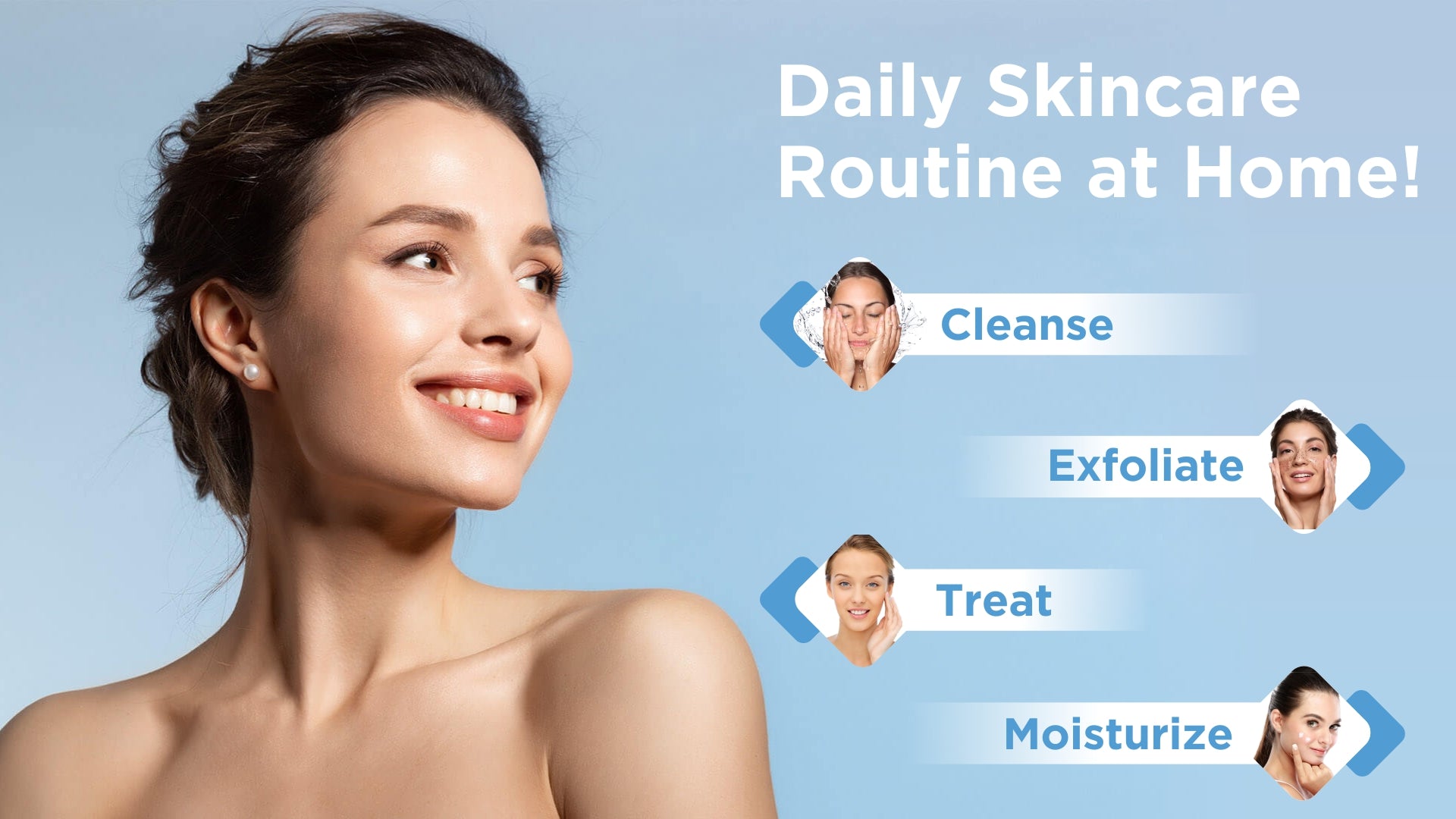
d) No Adverse Reactions
Sometimes, skincare routines take a turn for the worse when products cause breakouts or irritation. If you’ve been using your products for a few weeks and haven’t experienced redness, excessive dryness, or irritation, then it’s a sign your routine is working well with your skin’s needs.
3. How Long Does It Take to See Results?
While we all want instant results, skincare is about patience. It can take two to three weeks for your skin to respond to a new product, and sometimes even longer for visible improvements. For more stubborn concerns, like acne scars or deep wrinkles, it may take several months before you notice substantial changes.
4. Signs Your Skincare Routine Isn’t Working
What about those times when your skincare routine just doesn’t seem to be making a difference? Let’s discuss some common signs that might indicate your regimen is off track.
a) Your Skin Looks or Feels Worse
One of the most obvious signs that your routine isn’t working is that your skin actually looks worse over time. If you’re seeing new breakouts, increased redness, or persistent dryness despite following your routine, it’s a sign that something’s not right. This could be due to an allergic reaction, the wrong products, or simply overloading your skin with too many active ingredients.
b) Lack of Progress in Skin Goals
Are you still dealing with the same skin concerns after weeks of consistent care? If you’re not seeing any changes in your specific problem areas (whether it’s acne, aging, or dullness), your routine may need a serious overhaul. Pay close attention to how long you’ve been using your current products — if results aren’t happening after a reasonable period (about six weeks), it’s time to reassess.
c) Excessive Oil or Dryness
While oily skin can be alleviated with the right products, and dry skin can be soothed with nourishing formulas, both conditions can indicate something’s wrong. If your skin is too oily even after cleansing or too dry despite moisturizing, your products may be unbalanced for your skin type.
d) Product Overload
Too many steps in your skincare routine can actually do more harm than good. Over-exfoliating, using too many serums, or layering incompatible products can lead to irritation or clogged pores. Simplifying your routine might be the key to seeing better results.
5. Is Your Skincare Routine Balanced?
When evaluating whether your routine is working, balance is crucial. A good skincare routine includes the following components:
a) Cleansing
You should cleanse your face twice a day (morning and evening) to remove dirt, oil, and pollutants. Look for a gentle, non-stripping cleanser that works with your skin type. Harsh cleansers can damage the skin’s moisture barrier and leave it dry and irritated.
b) Exfoliation
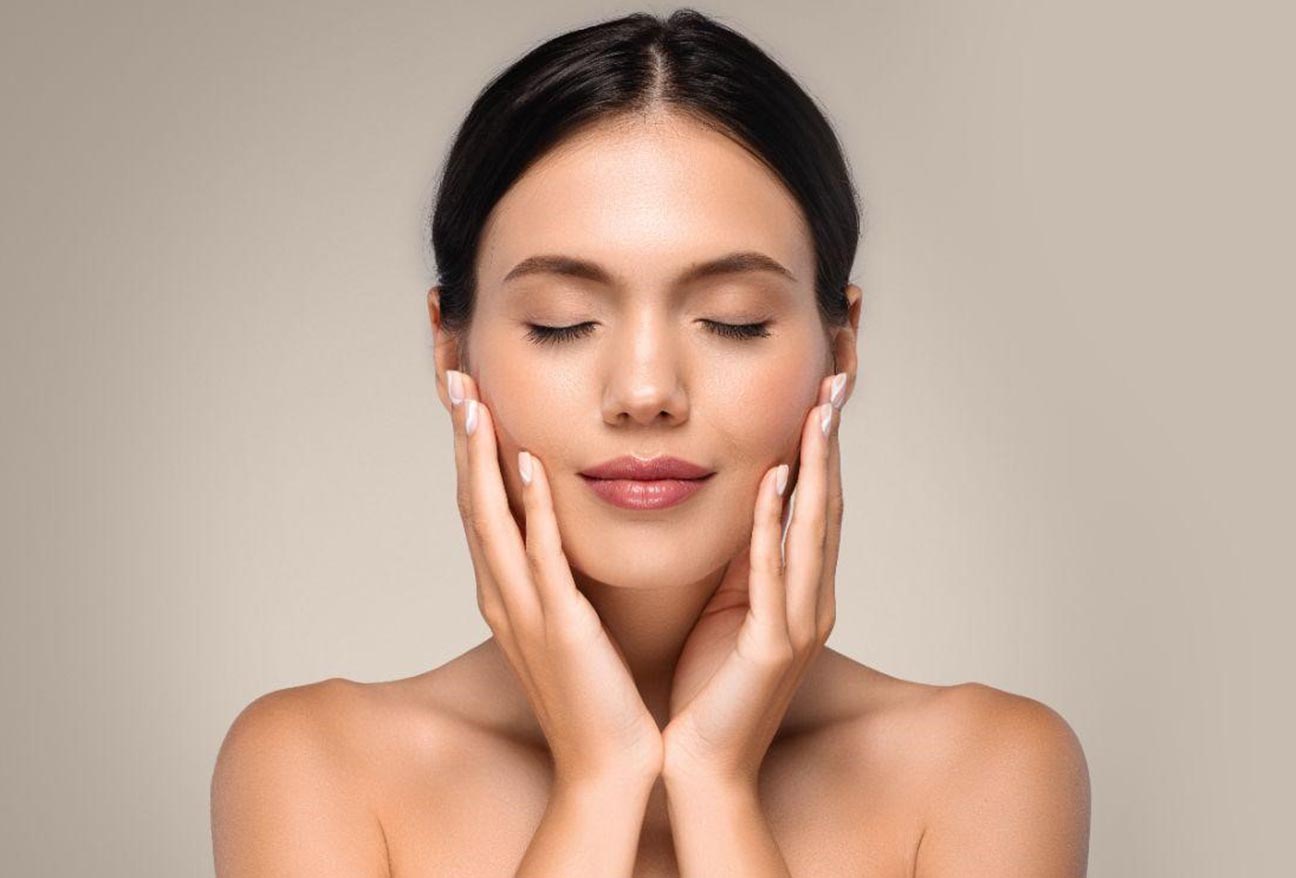
Exfoliation helps remove dead skin cells and promotes cell turnover. However, over-exfoliating can lead to irritation. Ideally, you should exfoliate 1-2 times a week depending on your skin type. Chemical exfoliants, such as AHAs (alpha hydroxy acids) or BHAs (beta hydroxy acids), tend to be more gentle and effective than physical exfoliants (scrubs).
c) Toning
A toner isn’t a must-have, but it can help restore your skin’s pH balance after cleansing. Opt for alcohol-free, hydrating toners that contain ingredients like rose water, witch hazel, or aloe vera.
d) Serums and Active Ingredients
Serums are the powerhouses of a skincare routine. Depending on your skin concerns, choose serums with ingredients like vitamin C (for brightening), hyaluronic acid (for hydration), or retinol (for anti-aging). Always apply serums after toning, as they are highly concentrated and designed to target specific skin concerns.
e) Moisturizing
No matter your skin type, moisturizing is essential. A good moisturizer ensures your skin stays hydrated and helps lock in the benefits of the products you’ve used. If you have oily skin, look for lightweight, oil-free formulas. For dry skin, go for heavier, more nourishing creams.
f) Sunscreen
Never skip sunscreen, no matter the time of year. UV rays are the leading cause of premature aging, and protecting your skin from sun damage is non-negotiable. Choose a broad-spectrum sunscreen with SPF 30 or higher and apply it every morning — even if you’re staying indoors!
6. What to Do If Your Routine Isn’t Working
If your skincare routine isn’t working, don’t panic. Here are a few steps you can take to get things back on track:
a) Simplify Your Routine
Sometimes, less is more. If you’ve been using a 10-step regimen, try cutting back to just the essentials — cleanser, serum, moisturizer, and sunscreen. Gradually add new products one at a time to identify what’s actually working.
b) Consult a Professional
If you’ve tried adjusting your routine with little success, it might be worth consulting a dermatologist or esthetician. They can help you determine your skin type, identify underlying concerns, and recommend specific treatments or products tailored to your needs.
c) Patch Test New Products
Always patch-test new products before slathering them on your entire face. A patch test helps ensure you don’t have an allergic reaction, and it lets you know how your skin responds to a new formula before fully committing.
d) Re-evaluate Your Lifestyle
Skin health is influenced by many factors outside of skincare products. Diet, sleep, hydration, stress levels, and environmental factors can all impact the appearance of your skin. Make sure your lifestyle supports your skincare goals by eating a balanced diet, getting enough rest, staying hydrated, and managing stress.
7. Final Thoughts: Skincare Is a Journey, Not a Destination
Skincare is not a quick fix — it’s a journey that takes time, effort, and patience. If you’ve been diligent about your routine and haven’t seen the results you expected, don’t give up just yet. Evaluate your goals, make necessary adjustments, and remember that healthy, glowing skin is a marathon, not a sprint.
With the right approach, your skincare routine can absolutely work wonders. Don’t be afraid to experiment, consult with professionals, and make small tweaks to find what’s best for your skin.




